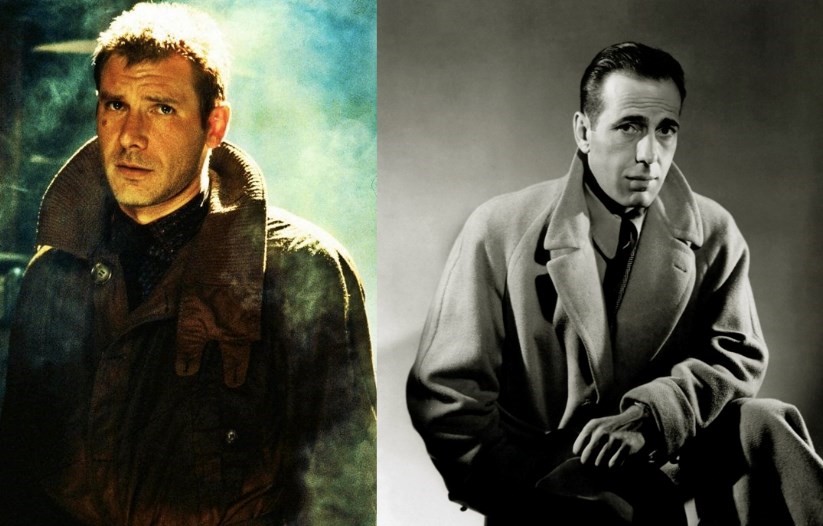Since Netflix announced the season two cast for their insanely expensive series Altered Carbon (okay, we’re a little bit late to the party), now might be a good time to throw light
Since Netflix announced the season two cast for their insanely expensive series Altered Carbon (okay, we’re a little bit late to the party), now might be a good time to throw light on the pulp roots of the show and its genre.
Set hundreds of years into the future, humanity uses a technology reverse engineered from alien artifacts, known as “stacks,” to store consciousness, escape death, and travel across the cosmos with faster-than-light data transmission. Everyone has a stack installed at birth. The ultra-wealthy quasi-immortal “Meths” (short for Methuselahs) can afford to have entire banks of cloned bodies, along with regular uploads, while the plebes have to make do with whatever’s available, assuming their stacks survive and they don’t suffer “real death.”
The main character, Takeshi Kovacs, the sole survivor of an elite rebel group called the Envoys, is awakened from his court-mandated penal storage two hundred and fifty years after his death/capture, at the behest of the Meth Laurens Bancroft. In exchange for investigating Bancroft’s murder, Takeshi will walk away with a pardon and fifty million credits to his name.
If its visual style didn’t give it away, the show–with its anxieties about technology and a “posthuman” future–is firmly ensconced in the Cyberpunk genre, with the likes of Blade Runner and Neuromancer. The Cyberpunk genre, however, owes much of its existence to the themes and stylings of the Noir film genre, with classics like Out of the Past. Noir, not unlike Cyberpunk, wrestled with issues of urban and industrial modernity and the place of human beings within the cityscape (check the “Out of the Past” link).
Noir, in turn, was a cinematic interpretation of the hardboiled detective pulps, the most famous of which were Raymond Chandler’s Philip Marlowe novels and short stories (despite the fact that the vast majority of Noir films weren’t about detectives). While Chandler’s essay, The Simple Art of Murder, was a manifesto for the genre, it was the crackling dialogue, rapid-fire prose, and Marlowe’s razor wit (“From 30 feet away she looked like a lot of class. From 10 feet away she looked like something made up to be seen from 30 feet away.”) that made Chandler’s stories classics.
However, one of the key traits that define Noir and the hardboiled pulps is that the city itself is a character. It’s a place of life and allure, hiding seediness, corruption, and danger. Its atmosphere is something that the characters breathe in and then breathe out as dialogue spiced with all the flavor of the city. And for genres often associated with action, it’s the snappy dialogue and interplay of vivid characters on which the stories hang.
The Cyberpunk novel Snow Crash follows the pithy path of its forebearers, with lines like, “The sight of the bare katana inspires everyone to a practically Nipponese level of politeness.” With upcoming game titles like CD Projekt Red’s Cyberpunk 2077, the genre about a future too fast for humanity is once again in the spotlight. But it’s nice to remember the genre’s hardboiled grandsire, where the first stories were told about life on the mean streets of the Big City.

Hammett is probably a greater inspiration